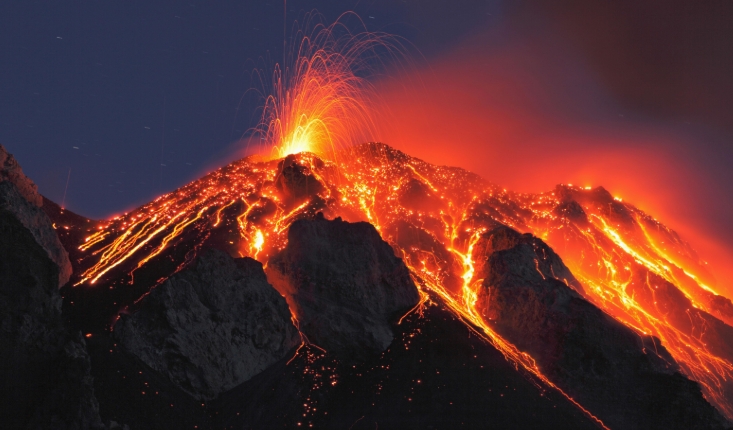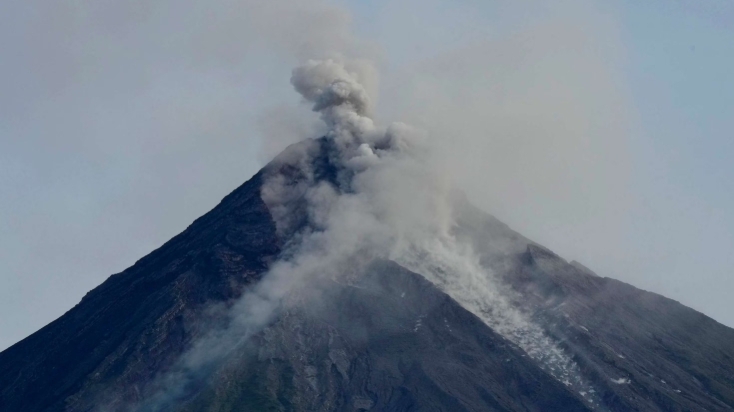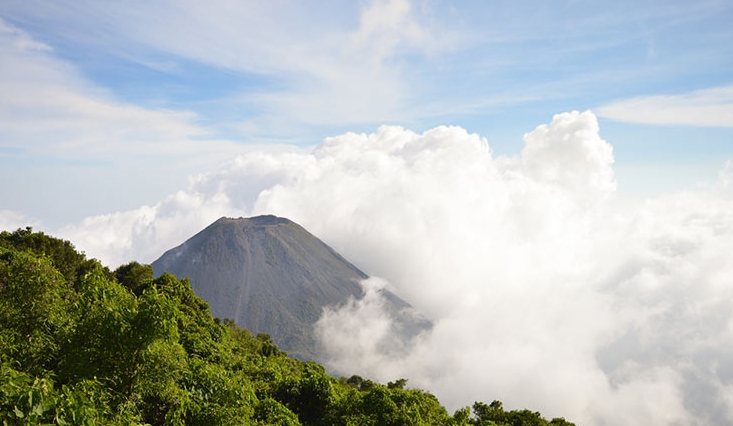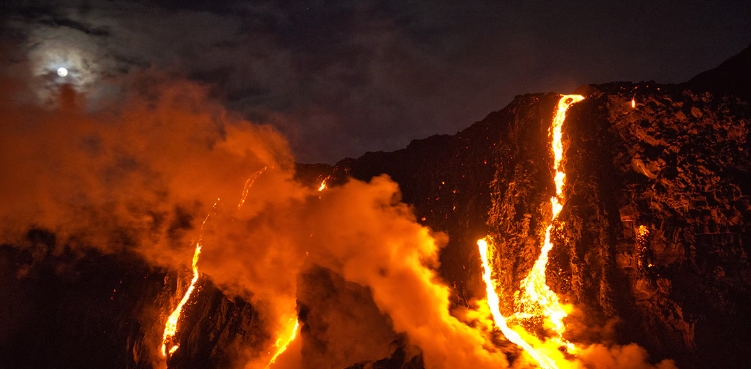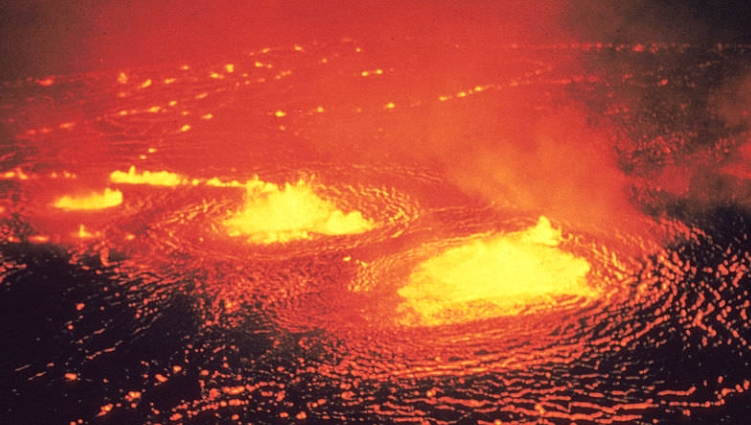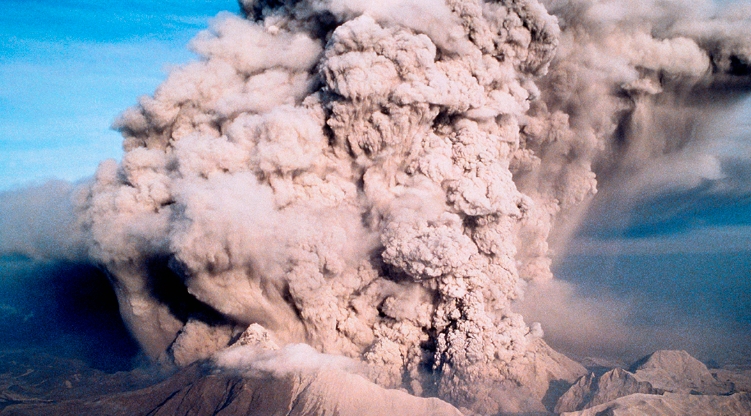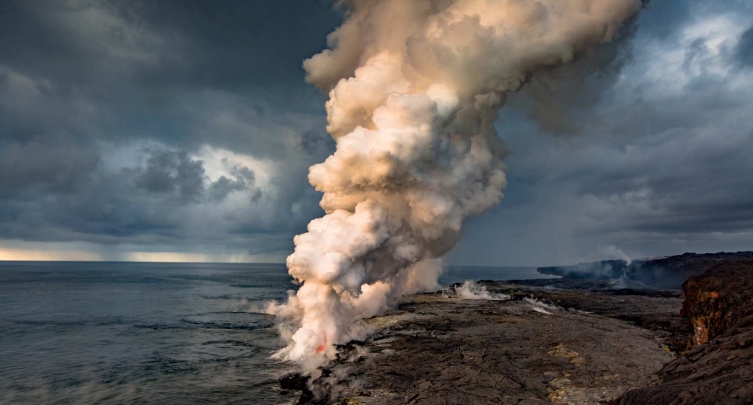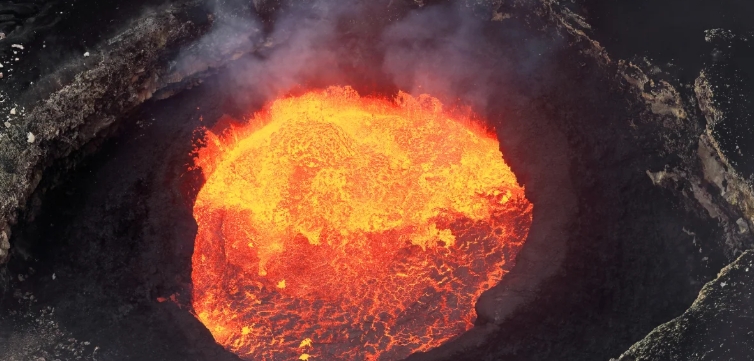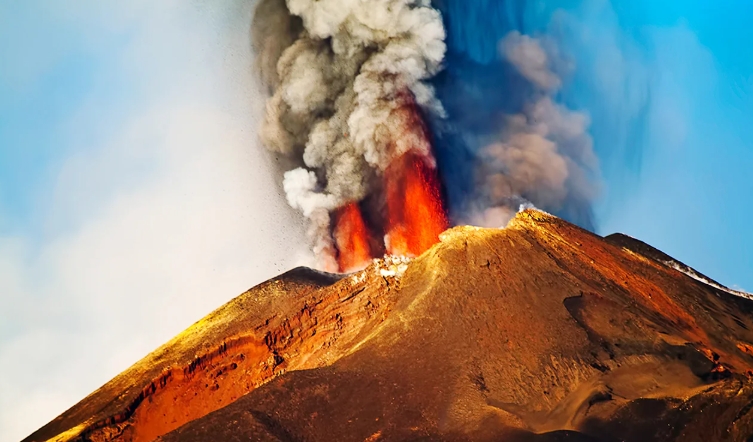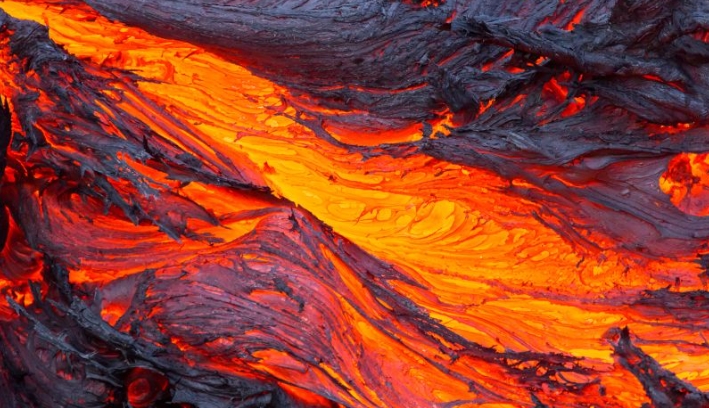what makes volcanoes erupt
Volcanic eruptions are powerful displays of the Earth’s raw energy, but what exactly causes them to happen? Let’s explore the forces at play. Magma Chambers: The Heart of a Volcano Beneath the surface of a volcano lies a chamber filled with molten rock, known as magma. This magma is constantly churning and pressurizing, building up […]
what makes volcanoes erupt Read More »

